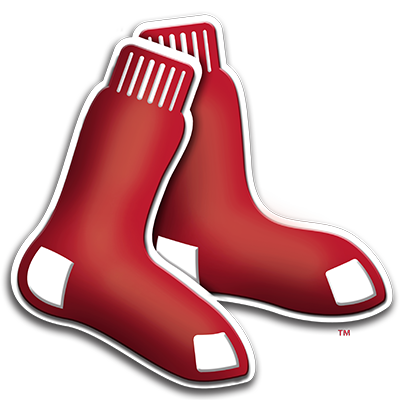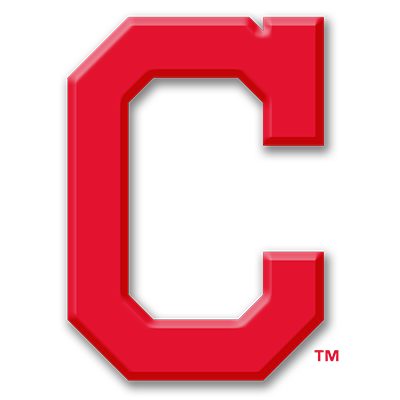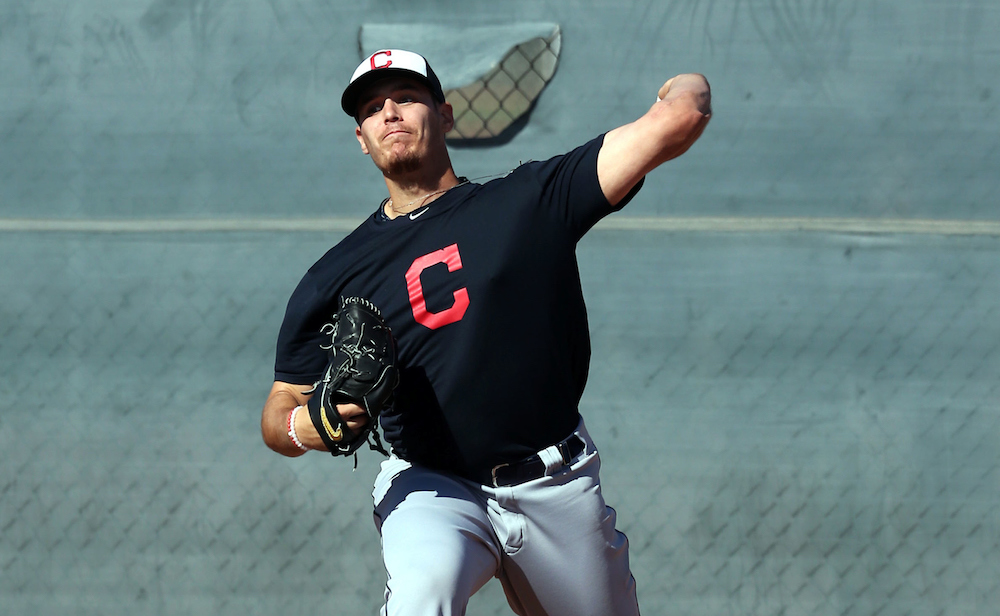Feature Photo: Brady Aiken, LHP, Indians
In this week’s update from the NY-Penn League, I take a closer look at Red Sox prospects Bobby Dalbec (3B) and Mike Shawaryn (RHP), both of whom are off to solid starts for the Lowell Spinners, and I also spotlight Indians outfielder Gabriel Mejia and LHP Brady Aiken. Plus, I’ve posted 14 new NYPL prospect videos to our Video Library, with Tommy Edman (SS, Cardinals), Will Craig (3B, Pirates), and C.J. Chatham (SS, Red Sox) highlighting the new additions.
Bobby Dalbec, 3B, Red Sox (Short-Season A Lowell, NY-Penn League)
Ht/Wt: 6’4” / 225 B/T: R/R Age: 21 yrs, 2m
A standout at the plate and on the mound in his three years at Arizona, Dalbec signed with the Red Sox for an over-slot-value $650,000 bonus as a fourth-round pick in this June’s MLB Draft. Boston’s aggressiveness in acquiring his services has paid early dividends, as the 21-year-old has morphed into arguably the most productive hitter in the NYPL to date, slashing .380/.427/.694 with seven home runs and a league-leading 1.122 OPS across his first 130 PAs. Dalbec’s plate discipline has been sub-par, though, and contact metrics that concerned scouts pre-draft (0.45 BB/K; 27% strikeout rate at AZ) are still relatively apparent in pro ball (0.31 BB/K; 22% strikeout rate with Lowell). Still, his combination of a strong arm (he sat in the lower 90s as a late-inning arm with the Wildcats) and proven power production make him an intriguing prospect at third base.
Dalbec is a physical specimen, featuring a muscular build, thick chest, broad shoulders and filled-out lower half with minimal physical projection remaining. Strength in the forearms and engagement of the hips in his swing allow for above-average bat speed, and a slight uppercut in his bat path generates loft and carry to all fields. Dalbec flashed an ability to stay short to the ball and to keep the barrel in the zone, hitting a 410-415 foot home run to dead center in my viewing on August 22, barreling a hard fly-ball double to right-center field off of a fastball on the inner third of the plate. Though he showed some patience, Dalbec struggled to keep his head on the ball through the swing, pulling off some when fooled, which exposed him against breaking stuff in the dirt. Dalbec has narrowed his stance and moved his hands closer to his body as a pro, which should promote greater contact down the road. However, the high leg kick and tendency to lunge against the off-speed stuff – which he did a few times in this look – would be points of early adjustment for him.
Dalbec is undoubtedly one of the more mature-bodied hitters in the NYPL and there is a lot to like with his above average-to-plus raw power. His fringy defensive range and well-below average speed (4.7 HP-to-1B in this look) will put considerable pressure on the bat to produce, however. If the contact skills improve and he displays enough patience to walk at an average rate, and his raw power becomes more usable in-game against more advanced secondaries, he’ll have a chance to be an average everyday third baseman with plus power (20-to-25 HR) potential. If Dalbec’s footwork and range at third remain questionable, right field would be the probable fallback position, where the plus arm and power profile could settle in just fine.
 Mike Shawaryn, RHP, Red Sox (Short-Season A Lowell, NY-Penn League)
Mike Shawaryn, RHP, Red Sox (Short-Season A Lowell, NY-Penn League)
Ht/Wt: 6’2” / 200 B/T: R/R Age: 21 yrs, 11m
The third pitcher taken by Boston in June’s MLB Draft – after LHP Jason Groome and RHP Shaun Anderson – Shawaryn’s NYPL campaign has started slow from a workload standpoint, throwing no more than three innings pitched in any of his five starts. The 21-year-old righty has made the most of his short outings, however, striking out 33.3% of hitters he’s faced (league average is 18.9%) while ceding just two extra-base hits in 55 opponent PAs. This live viewing August 22 was arguably his best work to date from a production standpoint, allowing one earned run on three hits (all singles) with three strikeouts and no walks over his three innings. Without reading too much into production from such a small sample size, Shawaryn has also displayed modest strike-throwing ability (64% strike rate) and bat-missing skills (13% swinging strike rate), which piqued my interest to see him in a live setting.
Shawaryn appears fully developed and is filled out in his lower half with an average waist height and broad, tapered shoulders, and some thickness in the chest. His build is not particularly muscular, but he shows natural athletic ability and actions. His delivery starts with a subtle side-step to first base, employing a high leg raise to chest height before pushing off the rubber medium effort and landing clean and online to the plate with good balance and minimal falloff, though he spun on his front heel a bit later in the start. He shortens his leg raise from the stretch but typically ranges anywhere from 1.45-to-1.55 seconds to home with runners on, times that may explain why he has struggled to control the running game (base stealers are 5-for-6 thus far). Shawaryn operates from an essentially side-arm slot, displaying deceptively quick arm speed and consistent release points for each offering. The arm action is short and lacks ideal fluidity, however, requiring what appears to be considerable stress on the elbow between full reach-back and just after release of the ball.
Shawaryn’s low arm angle promotes quality sink to his fastball, which sat anywhere from 91-to-93 mph this viewing. Velocity alone would make the pitch only average, but its late movement is enough to deserve an above-average grade. Throwing downhill can be difficult from such a flat angle, and hitters barreled it up well when left up, but he established the inner third against righties with some consistency. His best secondary pitch was a 78-to-80 mph slider that employed two-plane movement down and away to righties with some above-average late bite and 3/4 depth. Shawaryn’s 84-to-86 mph changeup was more of a show-me pitch, used sparingly in the outing, though it was masked well from the fastball with consistently quick arm speed, and it flashed the hard tumble and fade necessary to become a future above-average offering if used more.
Shawaryn was a workhorse in college and proved he could eat innings from the rotation, but I’m inclined to believe his future is in the bullpen, in a middle-relief role with the fastball-slider combination. He’s got the potential for a starter’s repertoire of three average-or-better offerings, but the stress placed on the elbow from his unorthodox arm action doesn’t paint a promising picture for me that he’ll hold up for 150+ innings as part a rotation.
 Gabriel Mejia, OF, Indians (Short-Season A Mahoning Valley, NY-Penn League)
Gabriel Mejia, OF, Indians (Short-Season A Mahoning Valley, NY-Penn League)
Ht/Wt: 5’11” / 160 B/T: S/R Age: 21 yrs, 1m
Acquired as a free agent from the Dominican Republic in 2013, Mejia has staked his claim as one of the more promising combinations of speed, contact and defensive prowess in a talented Cleveland system, yet the 21-year-old has yet to receive much recognition. After hoarding a combined 112 stolen bases and having at least a .335 average in his first two pro seasons (in the Dominican Summer League and Rookie AZL), Mejia now leads the NYPL in stolen bases (24) and ranks second in average (.337). Having celebrated his 21st birthday just over a month ago, Mejia is still relatively young for the Penn League (1.1 years below the league average, to be exact), so the fact that his speed and average have stood up at the next level is, at the very least, an encouraging sign that his unique skills are here to stay for the long haul.
Short, thin and still undeveloped, Mejia appears slightly smaller than his 5’11”, 160 pound listed stature would indicate. There is a good deal of physical projection remaining here, with room to pack on mass to his lower half and torso. Mejia is a gifted athlete with explosive burst out of the box and nearly 80-grade raw speed (3.92 second home-to-first time from the left side). A switch hitter, Mejia employs loose hands and a soft front elbow to promote plus bat speed from both sides, and he isn’t afraid to choke up on the bat. His swing plane is flat and predominantly ground ball and slap-style, line-drive oriented to all fields. Having seen him twice in person, I tend to prefer his profile from the left side, where he showed greater patience and better contact, though his splits indicate he is effective from either role. Lacking size, loft in his swing or a single home run to his name as a pro, it is safe to place a 20/30 grade on his raw power. With physical maturation, Mejia’s contact skills and bat speed could gather low single-digit home run totals, though his speed should help him churn out doubles power to the gaps as a top-of-the-order type hitter.
All 517 1/3 innings of Mejia’s 2016 campaign with Mahoning Valley this summer have been spent in center field, which is where he projects to have above-average impact long term. His initial burst and top-end speed help him cover a lot of real estate, and his reads and routes to fly balls haven’t showed any cause for concern in two live (albeit limited) viewings. Though I wasn’t able to get a good look at the arm, baserunners appeared outwardly hesitant to take the extra base against him based on how quickly and efficiently he tracked down a few fly balls in both viewings. All in all, there are some things to like here. Mejia has near-elite speed and initial burst to project 40-plus stolen bases per year, and his contact skills foretell of above-average to plus hit tool at maturation. The power projects to be well-below average and mostly gap-oriented, but if he can play an above-average center field with two other quality tools, he could be at least an average big league regular in center field down the road.
 Brady Aiken, LHP, Indians (Short-Season A Mahoning Valley, NY-Penn League)
Brady Aiken, LHP, Indians (Short-Season A Mahoning Valley, NY-Penn League)
Ht/Wt: 6’4” / 205 B/T: L/L Age: 20 yrs, 1m
One of the most touted prep arms of the past decade, Aiken’s inaugural pro campaign since undergoing Tommy John surgery in March 2015 has yielded a mixed bag of results. The 20-year-old southpaw began 2016 with by posting a 7.12 ERA over 24 innings in the rookie Arizona League, though he managed to lead all qualified AZL arms with a 13.1 SO/9 in that same span. Both the ERA and SO/9 have dropped since his early-August bump to the NYPL (3.00 and 9.0 in 18 innings, respectively), and while strike-throwing has been something of an issue in the Penn League (61% strike-throwing percentage, 3.0 BB/9), he was impressive in my live viewing. Aiken struck out five, walked none and ceded just three hits (one home run) to West Virginia’s lineup, and threw 66% of his 65 pitches for strikes.
At 6’4”, 205 pounds, Aiken has the ideal frame for a future workhorse starter and one of the most impressive builds found in Short-Season A ball. Once a lanky teenager, Aiken has packed on mass to his lower half as a pro and is nearly filled-out physically with broad shoulders, long levers and an athletic, calculated motion to the plate. Aiken initiates his windup with a slide-step toward third base, dipping his hands down before bringing them up with a high leg raise to chest height. From there, he pushes off the rubber with medium drive and creates great extension and plane toward home, completing a clean and medium-effort arm circle before releasing the ball out of a 3/4 arm slot and landing online to the plate. His arm speed was consistently fast, and the deceptiveness created therein helped each of his offerings play up against both platoons. Aiken varied his delivery time from the stretch, mixing in a pseudo slide-step in the 1.45-to-1.50 second range as a pace changer from his typical 1.7 second time. It’ll be important to keep those times consistently down in the 1.4 second range to keep control of the running game moving forward.
Originally drafted with a fastball that sat 92-to-95 mph, Aiken did not display such impressive velocity in the scouted start. This could be as simple as normal fatigue at the end of his first pro season, but I talked to a scout at the game who noted that Aiken was sitting in the high 80s to low 90s in extended spring training. That’s roughly where the fastball sat in my live look (88-to-91 mph), so perhaps there is a little room for concern with the velocity dip at this point. Still, despite the lack of muscle behind it, the pitch showed plus arm-side life and was commanded well to all quadrants, with one exception being Will Craig’s home run against Aiken in the fourth inning (coming off an 87-mph fastball left dead-center and belt-high). Aiken’s most-used secondary was his plus 81-to-83 mph changeup with quality arm-side fade, which he showed advanced feel for throughout the start and consistently generating soft contact and had hitters lunging. Command and feel for the spin of his 12-to-6 curveball was on-point in the start, flashing quick downward break and good deception with similar plane to his fastball when he got on top of the ball. Aiken’s pitchability and sequencing is advanced for the NYPL, and his days there are obviously limited. The developmental questions at this point are showing his ability to pitch deeper into games post-TJ surgery, and how effectively he can regain some lost velocity for 2017 and beyond.


